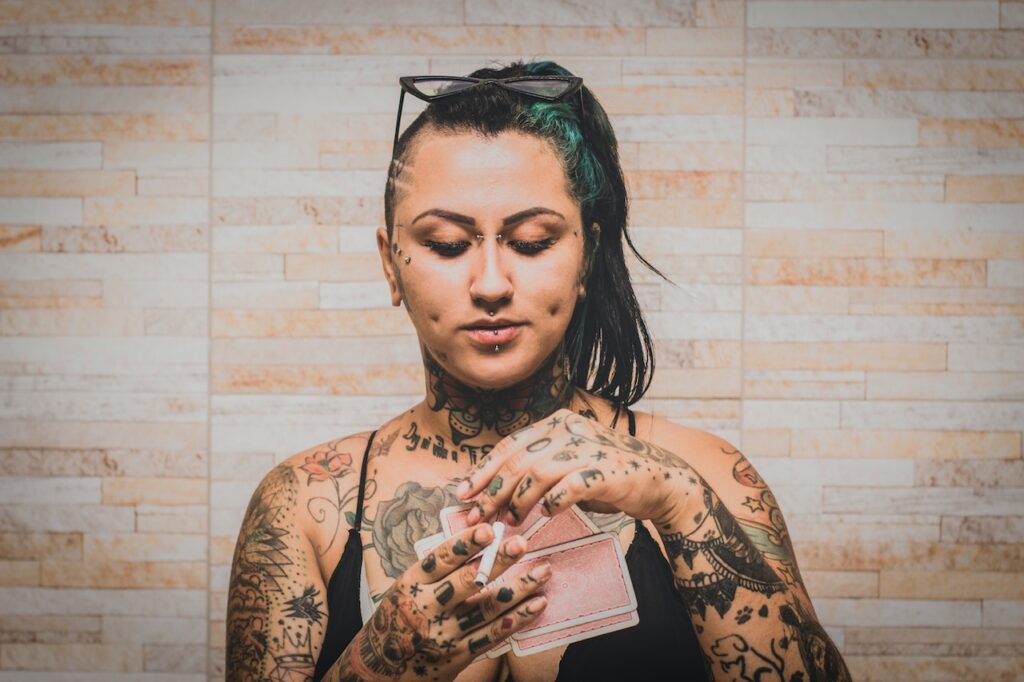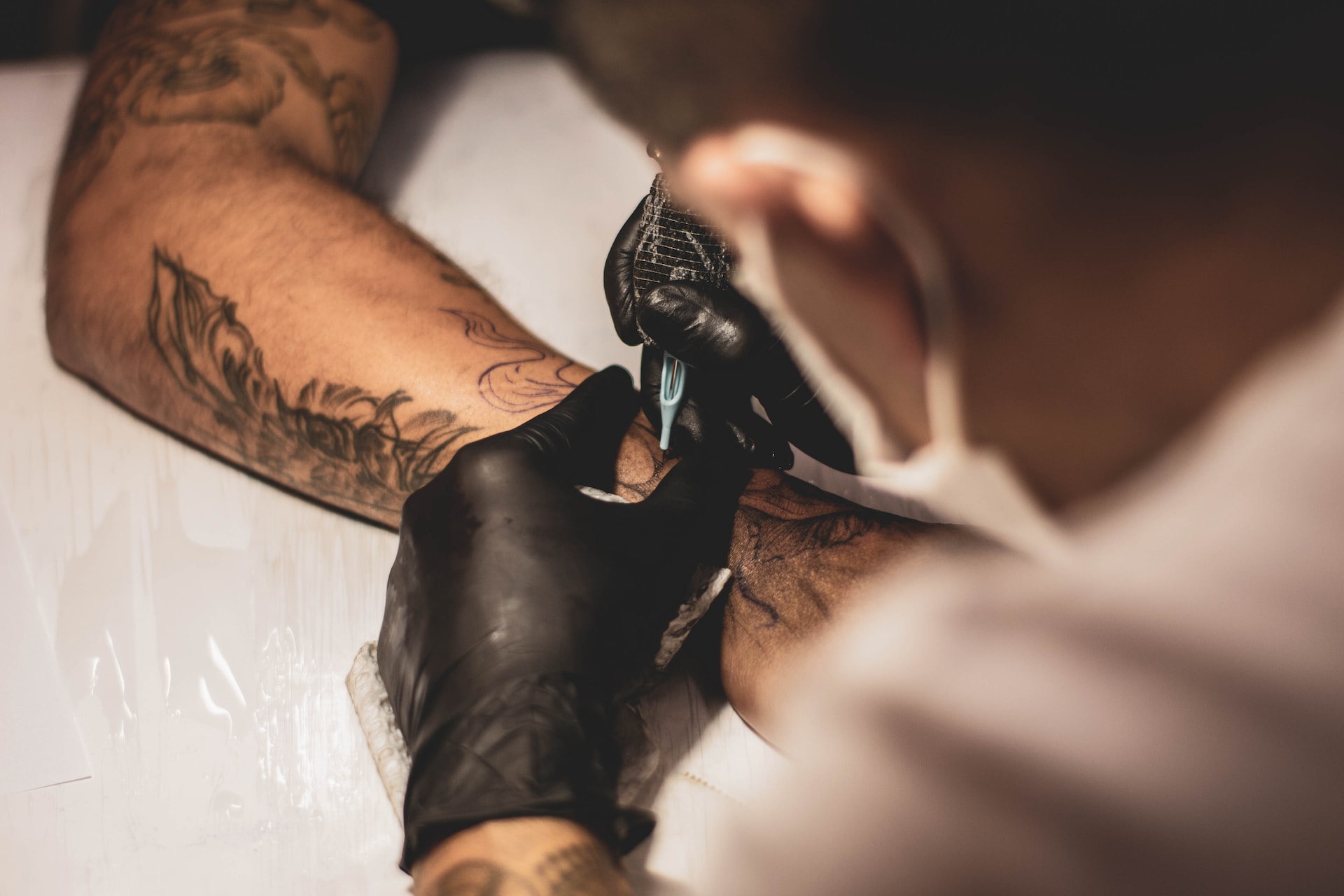Tattoos serve multiple roles across diverse landscapes, acting as personal expressions and cultural identifiers. For example, certain tribes in Africa use tattoos to signify adulthood, while various Western subcultures view them as rebellious symbols. It’s this dual nature that adds richness to the art form. Additionally, in Bali, tattoos hold significant spiritual and cultural importance, often believed to have protective powers or symbolizing rites of passage. It’s this rich, dual nature that amplifies the art form’s allure.
The Gender Lens: Tattoos and Femininity vs Masculinity
While tattoos are a global phenomenon, perceptions around them can drastically vary based on gender. Men with inks are frequently met with less societal judgment, often acquiring labels like “tough” or “rugged.” Women, on the other hand, find themselves tagged as “rebellious” or “edgy,” with a more negative undertone. Clearly, gender biases persist, affecting how tattoos are received and what they are assumed to represent.
Due to such norms, many women hesitate to get inked in visible locations, such as the forearm. The placement choice often reflects societal pressure to conform to feminine ideals. Men face less scrutiny in this regard and are often encouraged to display their inks prominently. This discrepancy manifests another layer of gender-based expectations, complicating the simple act of getting inked.

A Complex Relationship between Tattoos and Ethnicity
The subject of race adds another layer to the intricate fabric of tattoos in society. In Western cultures, tattoos have been primarily relegated to subcultures or the military. On the other hand, in Polynesian cultures, they’re considered rites of passage. Consequently, the meaning and reception of tattoos can shift dramatically based on the ethnic context.
One cannot discuss ethnicity and getting inked without acknowledging the issue of cultural appropriation. Borrowing designs or symbols from another culture without understanding their significance can perpetuate stereotypes and lead to misunderstandings. It’s vital to approach tattoo art respectfully, aware of the cultural weight some symbols carry.
Tattoos and Socioeconomic Status: The Class Divide
Historically, tattoos were often linked with the working class or societal outliers. However, the increasing mainstream popularity of tattoos has blurred these lines somewhat. While expensive, artistically intricate ink designs are more accessible to the affluent, cheaper and more generic options are available for those less privileged, illustrating an existing class divide.
Meanwhile, a burgeoning market of luxury tattoos signifies the growing gap between different economic classes in society. Top-notch artists often charge thousands of dollars for custom designs, utilizing premium inks and cutting-edge technology.
The Overlapping Effects
Gender, race, and class rarely act in isolation. They intersect in multifaceted ways that significantly influence an individual’s experience. For example, a woman of color may face intersecting forms of discrimination when displaying a tattoo, whereas a white male from an upper-class background may experience little to no judgment. This intersectionality provides a richer, albeit more complicated, view of how this delicate body art is perceived.
While the intersections of gender, race, and class are complex, their impact on tattoos is palpable. A tattoo on a man of color might be perceived differently than the same tattoo on a white woman based on existing societal stereotypes. Furthermore, a person from a lower socioeconomic status with visible tattoos may face job discrimination, while someone from a higher economic bracket might escape such bias.
The Celebrity Influence
It’s worth noting that celebrities play a role in shaping public perception of tattoos across genders, races, and classes. High-profile individuals with inks can both reinforce and challenge societal norms. Celebrities from marginalized groups sporting tattoos can catalyze shifts in perception, making it a topic worth exploring further.
In recent years, face tattoos have also gained unprecedented popularity, largely due to their adoption by high-profile rappers. Artists like Lil Wayne, Post Malone, and Tekashi 6ix9ine have made this body art synonymous with a specific kind of rebellious, edgy charisma. This trend has not only influenced their fan base but has also seeped into mainstream culture, blurring previous boundaries and redefining norms around acceptable body art. However, it’s crucial to note that this acceptance often extends selectively, primarily benefiting those in positions of fame or influence. The average individual sporting a face tattoo might still encounter societal prejudices, further complicating the ever-evolving narrative around tattoos.


